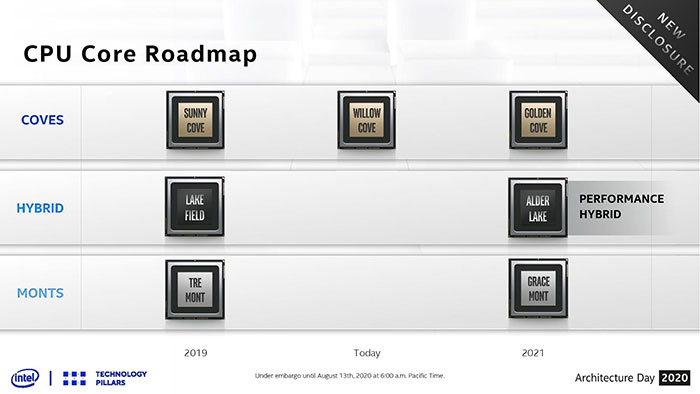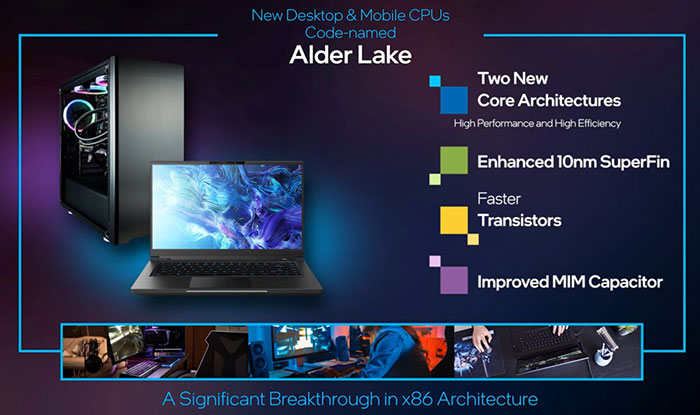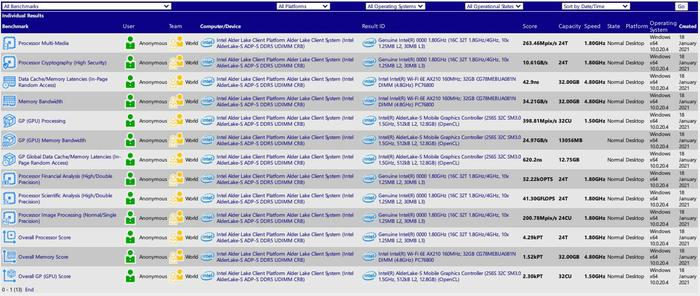HEXUS has previous reported on sightings of Intel Alder Lake-S processors in online benchmarking databases. Last October, for example, such a chip appeared in SiSoft Sandra but seemed to confuse that tool's hardware detection algorithms. The following month we shared what looked like in-the-flesh photos of an Alder Lake-S engineering sample from above, and showing its LGA1700 contacts from below.

A few hours ago one of the most consistent Twitter tech treasure hunters, Momomo_us, uncovered a new SiSoft Sandra database entry, which provides evidence of Intel's progress in tuning ADL-S and in SiSoft's hardware detections. VideoCardz was one of the first sites to report on the findings.
Sandra IDs the processor in the spotlight as follows:
- Genuine Intel(R) 0000 1.80GHz (16C 32T 1.8GHz/4GHz, 10x 1.25MB L2, 30MB L3)
Of note in that string of letters and digits is the indication that the ADL-S chip tested has 16 cores and 32 threads, a base/boost clock speed of 1.8/4.0GHz, and 10x 1.25 MLB of L2 cache and a total of 30MB L3 cache. The L3 cache quota is 10MB more than the current flagship Core i9-10900K.
From what we know of the ALD-S architecture Sandra is still misreporting the threads count. It is thought that the 16 physical cores are made up from 8 performance and 8 efficiency cores and only the former support Hyperthreading. Thus, the true C/T count should be reported as 16C/24T. This is 'confirmed' in other Sandra test results which remark that the processor completed various tasks utilising 24 threads.
Moving along to the memory specs revealed here, the bandwidth test shows improvement vs the previous ADL-S results of a significant 150 per cent. This can be explained by the test system now using DDR5 rather than DDR4 memory.
Last but not least, the integrated GPU is described as follows:
- Mobile Graphics Controller (256S 32C SM3.0 1.5GHz, 512kB L2, 12.8GB) (OpenCL)
The overall GPU performance score has been uplifted by nearly 40 per cent since the last time ADL was spotted in Sandra. The EU/shader count remains the same but the GPU clock speed at 1.50GHz is 350MHz improved over the last sample.

Even from the above rough sketch of its capabilities, one gets the feeling that ADL-S is going to be a significant step change for Intel. It is touted as an H2 2021 release. In the meantime we are still awaiting Rocket Lake-S, which is expected at the end of March and looks like it won't have long in the limelight.














